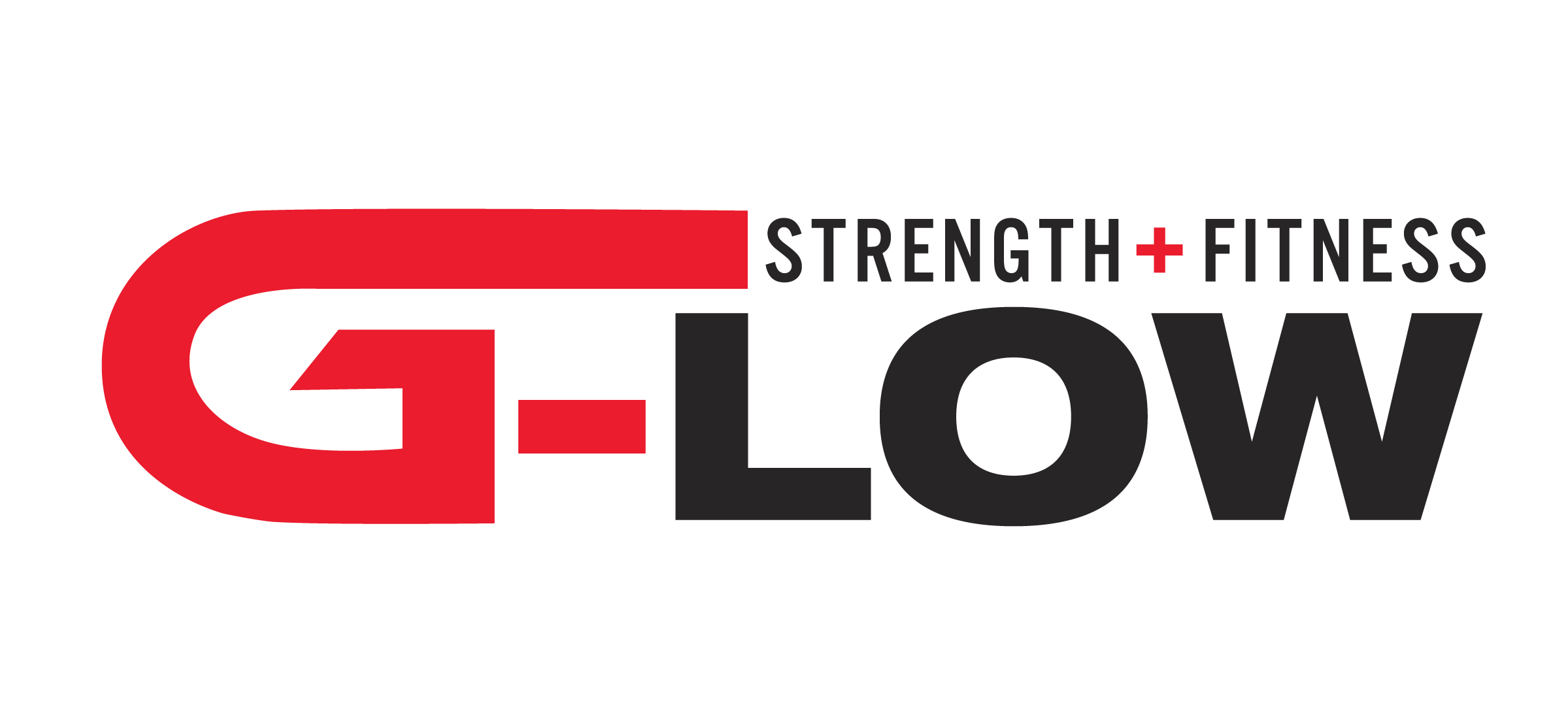
by Greyson Loweecy | Mar 4, 2018 | Weight Training
Today I want to talk about a controversial training item in the gym. That item is commonly used. It is the lifting belt.
Many strong man, bodybuilders and power lifters use these belts. The use of belts go back to the mid 1800s when competitors at circus events would attempt dare devilish lifts and have the support of what appeared to be a belt if you look at past pictures. But often in our general fitness public or local gyms, we see people wearing belts for all sorts of exercises. You see Velcro belts, as well as thick 13mm belts. You will even see chain belts for dips and weighted pull-ups. Lastly you might even see waist trainers that look like belts too. But one thing you should ask yourself is…do you know why you use a belt?
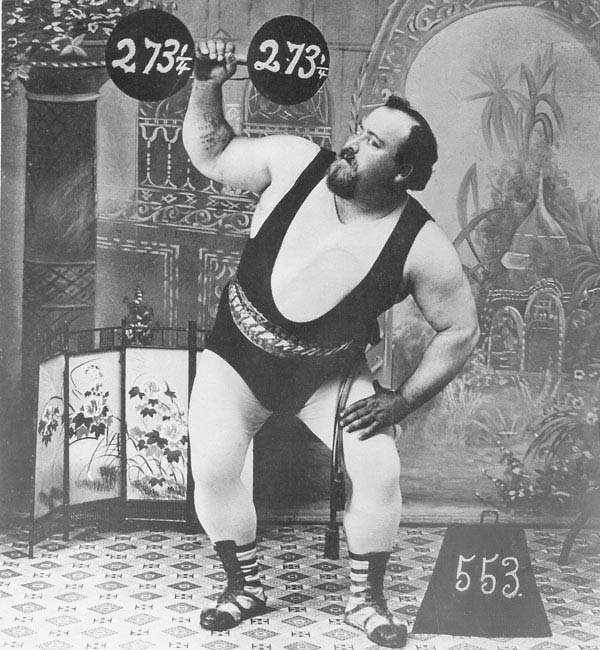
I have been in gyms where people are wearing belts while performing squats, deadlifts as well as the bench press. The common thing I notice is the improper use of the belt. A lot of people attach the belt and keep it fairly loose with no real support to it. I think there have been a lot of misconceptions because people see big bodybuilders walking around like Ronnie Coleman who are constantly wearing a belt. Thus they probably feel the need to do that too. But the big difference is Ronnie Coleman is squatting 800 pounds and doing T-bar rows with 500 pounds. The amount of pressure put on the lower back is incredible. He has to wear this support. With our general fitness population, we put the belt on in hopes of keeping our back safe and building our core. Wait, building our core? Too many people think there is an ideology that wearing a belt strengthens the core. That the abdominal are taxed during this movement. On the contrary using a belt does not strengthen the abs. The belt will actually weaken the core.
The idea of using a belt is great. But you must develop the proper core strength to be able to do so. The reason I say this is because when you go to squat, you have to be able to squeeze your abs and push against that belt. The abdominal wall helps support and stabilizes so the erectors don’t have to aid in a synergistic dominance.
Think about like this. If you squat and your core give out, all that pressure is put on the spine. This can lead to a bulging disc or even a herniated disc. In more severe cases it can even cause nerve damage and possible structure damage to the L1-L5. In order to use a belt, which is an advanced tool, you need to develop a basis of strength before using it. Light squats and deadlifts without using a belt for a while – anywhere from 3-6 months can help achieve better core strength.
Build Your Core
Next you should be performing planks, bird dogs and anti rotational core movements to help stabilize the core musculature. If the core cannot be activated in a lift or exercise then it is virtually useless.
The big point starts here. When you use a belt and activate your core properly, you might think “oh, my core is pretty strong.” This is partially correct, but the most important muscle you are using is your diaphragm. Along with having a strong core and good activation, comes breathing. Being able to step under a bar, squat, take a deep breath and walk it out, takes a strong diaphragm. The diaphragm must be able to stay tight. What do I mean by that? If you’re someone who has never experienced this most likely your diaphragm muscle is going to be weak and you will only be able to hold it under moderate to heavy loads for 5-10 seconds. If you are more advanced, you can hold it up to 25-40 seconds if you have practiced this. The reason it is so important is because it helps you stabilize your core and truly push up against that belt with the core musculature. In doing so, we develop thoracic pressure in the bottom of a squat to help us shoot back up in a straight line with good bar path. Now I have explained to you the examples of correct and incorrect methods, let’s talk about it more specifically related to the back squat.
Breathing During the Back Squat
- First off you walk under the bar and squeeze your shoulder blades.
- Next you take a deep breath in and then walk it back, all while holding and maintaining tightness.
- You then push your abdominal wall out, but towards your lower abs because you want complete activation of our transverse abdominals.
- After that you descend into the squat, hitting your depth, you leg press the floor all while pushing your abs against the belt as tightly as you can.
- Finally, raise up and slowly exhale and rack the bar.
This movement isn’t much different with the deadlift either.
Breathing During the Deadlift
- Start with the concentric portion first, which means we are getting tight and pushing our abs out in the set up.
- The chin should be tucked, with knees partially bent along with the loading of our posterior chain on the back of the heels.
- Next up we ascend and keep our diaphragm pushed out and then drive the hips to the bar.
- Finishing the rep with a slow and controlled set down.
Exercises to Strengthen Your Core
I have a few exercises I recommend for people working on their diaphragm muscle. Our breathing is important in just about all that we do. If you cannot support that musculature, you will have a hard time with your lifts. Work on breathing as well as core strength before you put on the belt. Think of a house built on sand. The house will surely crumble. But a house build on a solid foundation will surely stay strong and its structure will be supported. The same goes for the core. Do not neglect the transverse abdominals and your inter/outer oblique muscles. The exercises you should perform are include:
- Vacuums
- Planks
- 1-3 sets (20-30 seconds) *For advanced workout – add weight
- Bird dogs (core musculature, stabilization of the LPHC )
- 1-3 sets (12-20 reps) *For advanced workout start in plank position
- Stability ball rollouts
- 1-3 reps (12-20 reps) *For Beginners start from knees * Advanced start from the plank position
G-LOW STRENGTH + FITNESS
If you are looking for more exercises to build your core get started with a customized fitness plan. Click here to learn more.
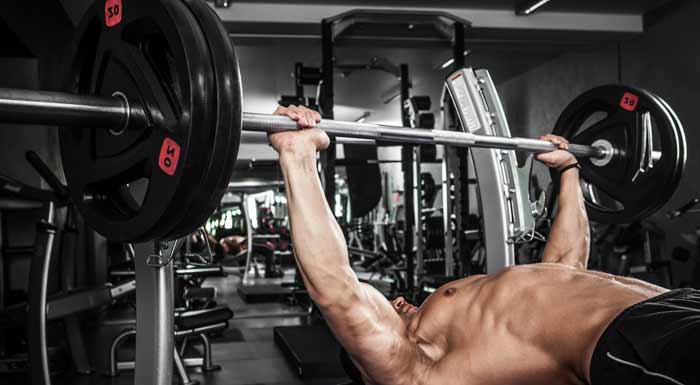
by Greyson Loweecy | Feb 20, 2018 | Bench Press
Back Exercises to help push your bench!
In about a 6-month span I have added 35lbs to my bench press. To some that may not seem like a lot, but in the works of powerlifting, that is monumental. I’ve experimented with different back exercises over the years. I’ve learned a lot through trial and error. I have since figured out and learned in school about agonist and antagonist muscle groups. Many have heard the sayings called push and pull. These two are top dogs in lifting heavy weights. These are extremely important in bench pressing.
Bench pressing requires a strong chest, a strong support system as well as powerful triceps muscles. The biceps also plays major role in stabilization as the bar is coming down on the eccentric phase. In saying all of this, there is a proper way to bench to maximize gains. Bench press requires strong trapezius muscles and anterior/posterior delts, but it really takes the back muscles to support the load in front. The rhomboids, and lats have to be extremely strong and able to stay tight during the descent of the barbell on the chest. Shoulder blades must be pinched together and the elbows must be turned in to properly engage the latissmus Dorsi muscles. Being able to keep that tightness is a major key. This takes not only strength, but practice as well.
Top Back Exercises
I have 3 exercises that are an absolute staple in my training. Non-coincidentally they’re all rows.
- Chest Supported Row
- Seated Cable Row
- Bent Over Barbell Row
The first variation I like to use is a chest-supported row. The chest-supported row truly works the agonist/antagonist relationship. Having your chest on a slight incline bench, take a set of dumbbells below followed up with retracting the shoulder blades and tucking the elbows to the hips.
This is a great exercise to superset with any chest movement.
Taking it one step further and try a 5-6 second isometric hold on each rep. This will help you in competition.
My second favorite back exercise is a seated cable row with a Vbar attachment. The vbar attachment focuses on keeping the elbows tight to the body and lets you get a good squeeze and proper stretch as you return the weight slowly. Seated rows can be great for building the back up to support some big weight.
Lastly an exercise I really enjoy is a bent over barbell row. Bent over barbell rows require you to be in a flexed position from the hips. Starting from the bottom try to use little to no momentum and pull the barbell into your chest. As the barbell gets closer and closer to your chest, you want to squeeze the shoulder blades together and slowly return the weight to the floor. This exercise can really target the upper back and traps.
Incorporate these 3 exercises into your next back day to help maximize strength gains.
Beginner reps
2-3 sets 10-12 reps (light-moderate weight)
Intermediate 3-4 sets
12-15 reps (moderate weight)
Advanced
4-5 sets 15 reps (heavy —with a drop set)
And lets not forget the good old-fashioned pull up.
Pull ups whether they’re weighted or just body weight, they can and should be a major variable in anyone’s training. If you can’t perform a pull-up right away that is ok. Start with negatives from a pull up bar and utilize lots of ring rows with slow eccentrics. But make sure you are working the foundation and truly trying to build that back up properly. Try these movements out on your next chest and back day! I guarantee you will like them!
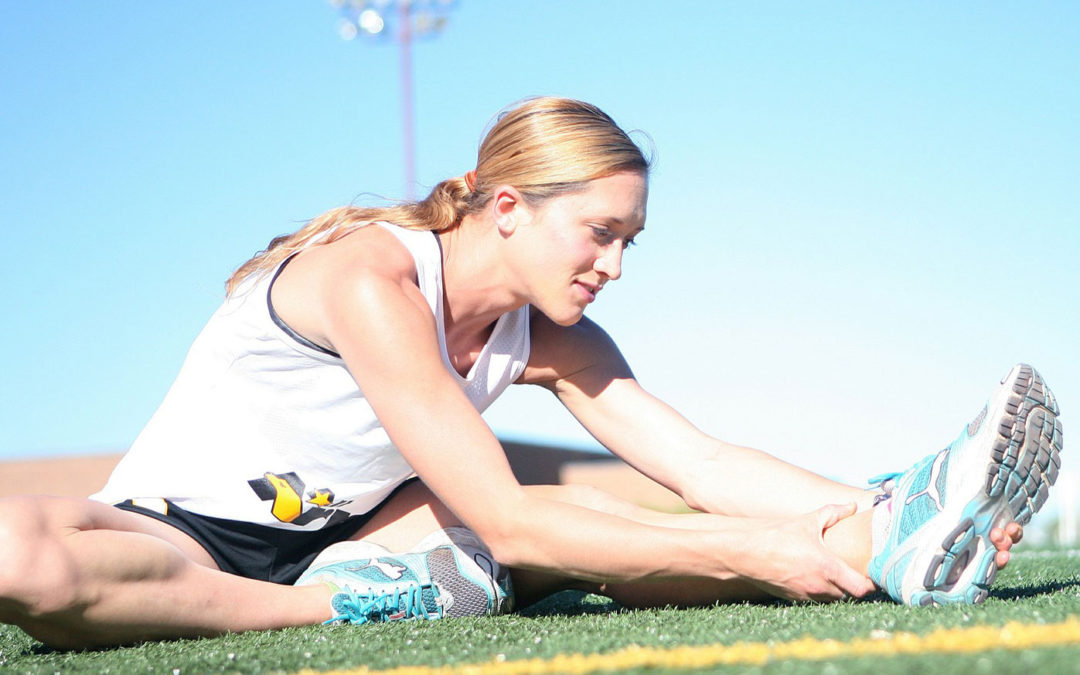
by Greyson Loweecy | Feb 10, 2018 | General Fitness
Before exercising it is very imperative to get a slight warm-up in before jumping into a movement. Depending on what exercises you are performing each day, it helps to do a light cardiovascular warm- up as well as some light stretching. This is the best time for athletes to work on corrective exercises to help them perfect their craft.
The whole reason we warm up before exercising is to improve the body’s core temperature. By doing this we increase circulation and blow flow to the muscles. More blood in the muscles means more oxygen, having a greater impact on your workout performance. When your core temperature goes up, the rate at which your muscles contract goes up as well.
Warming up is a great time to really focus on the movement and get the mind prepared for the exercise your about to perform.
The warm-up itself should be gradual and can be anywhere from 15-30 minutes long. The most important reason to complete a thorough and proper warm up is to ensure there is a less likelihood of injury. Keeping muscles warmed up helps to prevent strains and keep away any overuse injuries that could potentially pop up. Some good exercises to implement for a warm-up include:
- Biking
- Swimming
- Jogging
- Walking
- Jumping Rope
- Jumping Jacks
*All exercises should be performed at a light to moderate pace.
You can also combine movements to warm-up each plane of motion. Some examples are:
- Russian twists
- Reverse lunges
Warming Up Before Lifting Heavy
As a general rule more warm-up sets are required for heavier loads. Lighter work sets require fewer warm-up sets. If you are going to squat heavy, it helps to squat a lighter percentage of your working set number. For example, you could start out at 50-60% for 6-10 reps before squatting a much heavier load. Performing these types of warm-ups helps to not only increase the temperature of the muscle and get blood flow to joints, but it minimizes a person’s risk for injury.
Remember, it is ok to start lifting at a lighter weight before working up to the weight for your working set. Don’t rush into those heavy lifts.
G-LOW Strength + Fitness | Weight Training
Are you looking for a new warm-up routine to add into the mix? Let’s get started on your customized fitness plan, which includes imperative warm-up exercises to help you maximize performance in the gym.
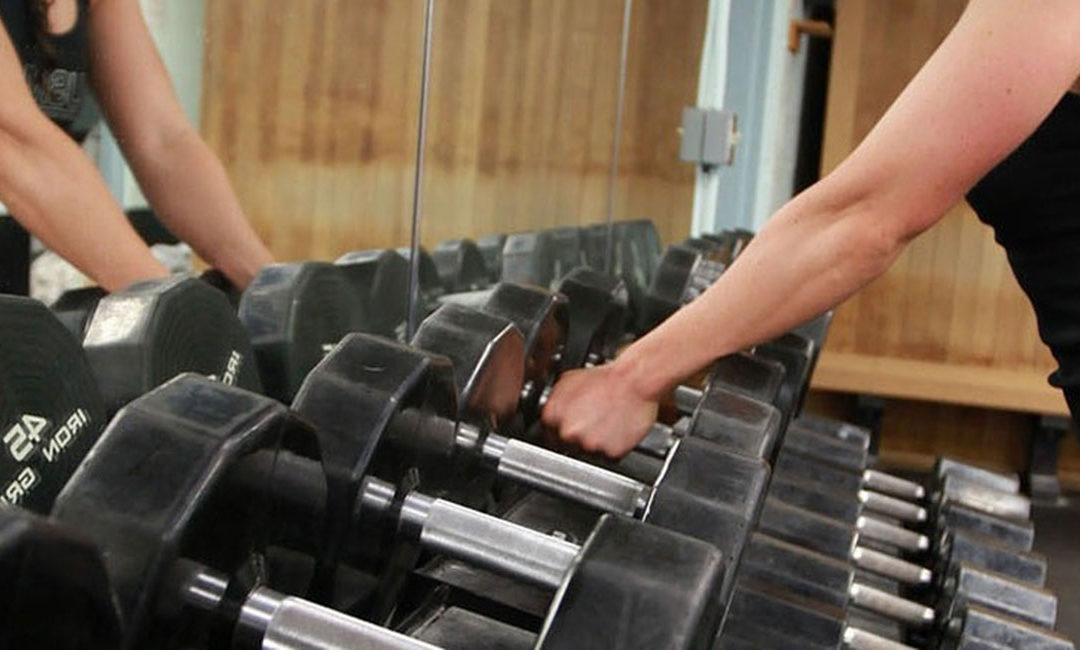
by Greyson Loweecy | Jan 11, 2018 | General Fitness
Everybody has strong intentions for their fitness routine and their life as well, but what often happens when starting a fitness routine is you tend to quit going or slack off. You may feel overwhelmed and trying to do too much all at once. This is why it is important to focus on short-term goals and build off of those to achieve those bigger long-term goals. Check out these three tips for success! (more…)


